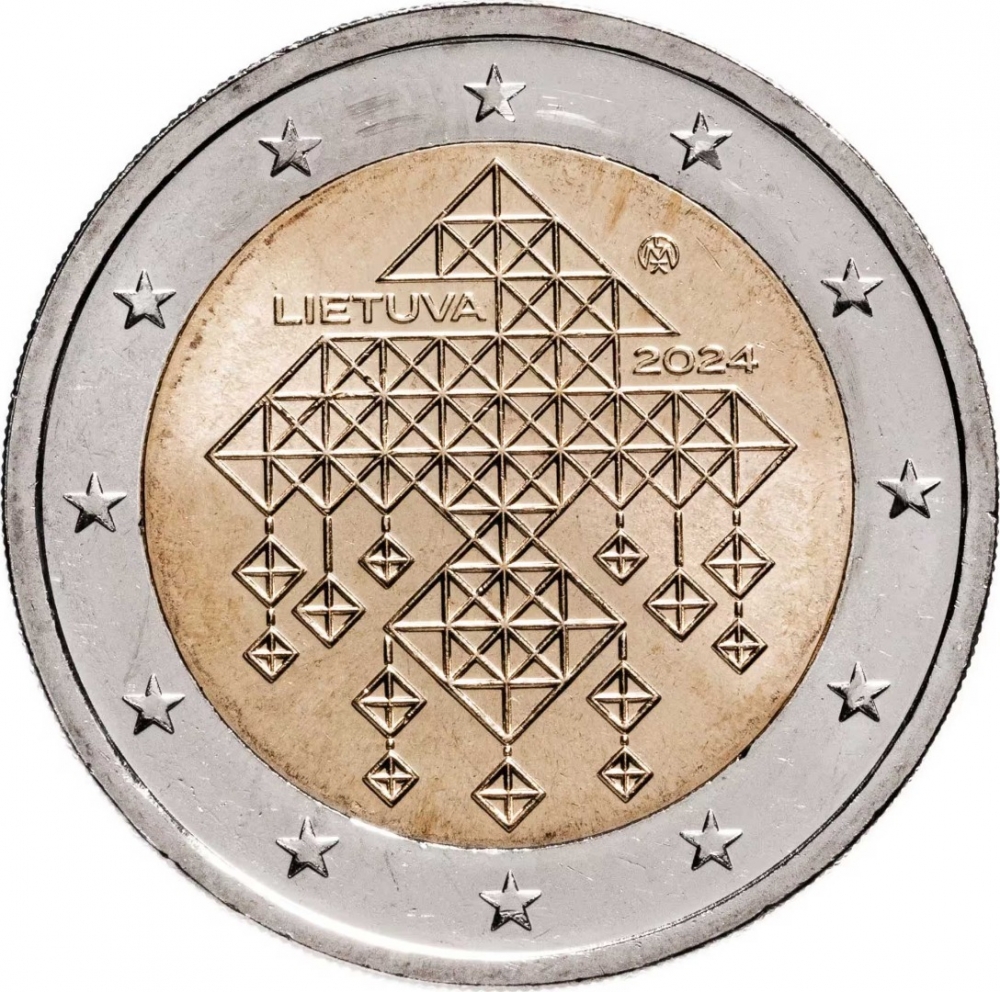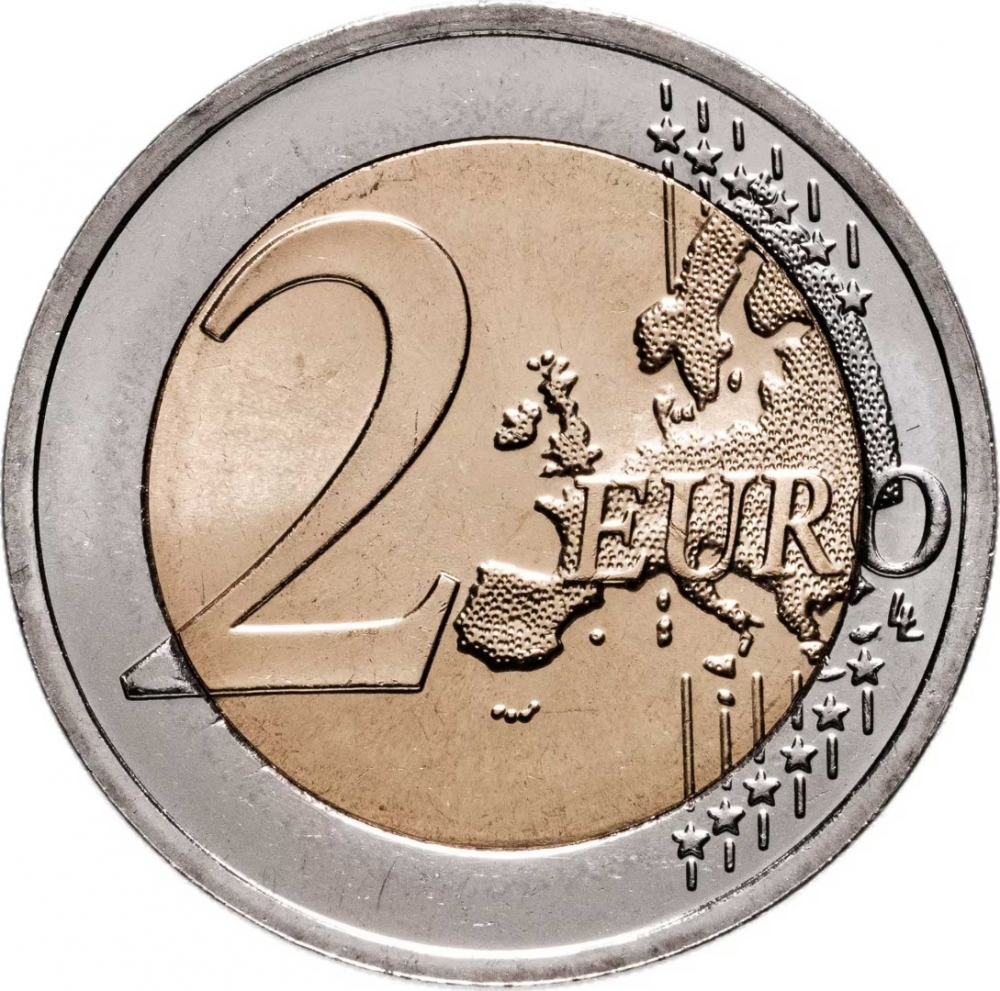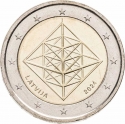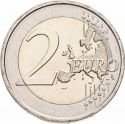You are about to finish your registration. Please check your mailbox (including spam folder). There should be a letter with a confirmation link. Check setting to make sure that your e-mail address is correct.
Send letter againDescription
Lithuania’s vibrant cultural heritage of straw garden making, called sodai, has been further distinguished with the inclusion of the tradition on UNESCO’s esteemed List of the Intangible Cultural Heritage of Humanity. This remarkable recognition not only underscores the power of cultural diplomacy but also pays homage to a cherished practice deeply entrenched in our nation’s narrative.
Straw gardens, a cornerstone of Lithuanian traditional art, intricately showcase volume decorations featuring precise geometric forms with both aesthetic and sacred significance. Commonly taking shapes such as the four-side pyramid, stars, spheres, and the octahedron, these structures are adorned with traditional elements symbolizing life, fertility, and well-being. Reflecting ancient worldviews, straw gardens are often likened to the World Tree—a symbol of a harmonious universe—where the vertical axis represents the heavens, earth, and the underworld, and the horizontal axis denotes the cardinal points.
Once referred to as candlesticks, spiders, the sky, or heaven, these gardens were historically crafted throughout Lithuania, particularly in Aukštaitija, adorning cradles, wedding tables, and homes before festive occasions like Christmas Eve or Easter, with the hope of fostering harmony in personal and worldly affairs.
While the tradition extends beyond Lithuania into countries like Latvia, Estonia, Poland, Ukraine, Russia, Finland, and Sweden, contemporary usage primarily revolves around decorative purposes within homes. However, some individuals still associate these gardens with familial and calendar celebrations, ordering them for weddings, anniversaries, christenings, or renting them to adorn special occasions.
Obverse

|
Depicts the renowned straw craft (sodai), the country's name, the mintmark of the Lithuanian Mint, and the year of the issue. The outer ring bears the 12 stars of the European Union flag. LMK |
|---|---|
Reverse

|
A geographical map of Western Europe spans the outer ring and inner core on the right side of the coin. The inscription 2 EURO is superimposed over the map of Europe, with the numeral “2” located in an open field representing the eastern Atlantic Ocean. 2 EURO |
| Edge |
'Freedom, Unity, Prosperity' in Lithuanian LAISVĖ ★ VIENYBĖ ★ GEROVĖ ★ |
2 Euro
Straw Mobile
Sodai
Subscribe series
KM# 291
Straw Mobile
Sodai
Characteristics
| Type | Commemorative Issue (Circulating) |
| Material | Bi-Metallic |
| Ring | Cupronickel |
| Center | Nickel Brass |
| Weight | 8.5 g |
| Diameter | 25.75 mm |
| Thickness | 2.2 mm |
| Shape |
|
| Alignment | Medal |
| Mint |
Lithuanian Mint (LMK)
|



